-
排水された有機土壌の排出量(年間)1.0
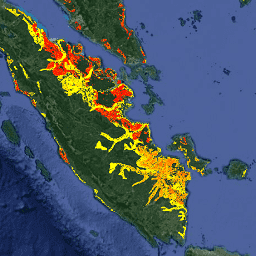
排水された有機土壌に関する 2 つの関連する FAO データセットは、次の推定値を提供します。DROSA-A: 農業活動(耕作地と放牧地)のために排水された有機土壌の面積(ヘクタール単位)DROSE-A: 有機土壌の農業排水による炭素(C)と亜酸化窒素(N2O)の推定値(ギガグラム単位) 農業 気候 気候変動 排出量 FAO ghg -
MethaneAIR L3 Concentration v1
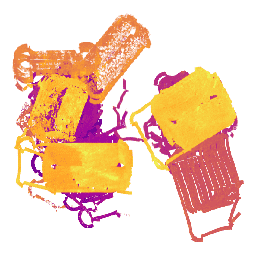
このデータセットは、MethaneAIR イメージング分光計で観測された大気中のメタンの全カラム乾燥空気モル分率「XCH4」の地理空間データを提供します。XCH4 は、メタン(「CH4」)の総カラム量(分子数)を総量で割った値として定義されます。 atmosphere climate edf emissions ghg methane -
MethaneAIR L4 Area Sources v1
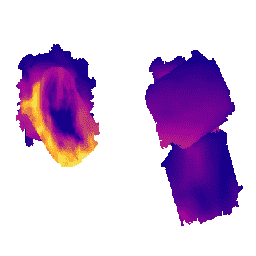
この地域の排出量モデルはまだ開発中であり、最終製品を表すものではありません。このデータセットは、米国全土の石油とガスの生産地域に焦点を当てた MethaneAIR 飛行の測定値を使用して、空間的に分解されたメタン排出フラックス(kg/時)を提供します。アンケートの総排出量… atmosphere climate edf emissions ghg methane -
MethaneAIR L4 Point Sources v1

このデータセットは、西部のコロラド州、ニューメキシコ州、テキサス州から東部のペンシルベニア州、オハイオ州、ウェストバージニア州までの 13 の石油ガスまたは石炭採掘地域と、3 つの都市部(ニューヨーク市、… atmosphere climate edf emissions ghg methane -
MethaneSAT L3 濃度公開プレビュー V1.0.0
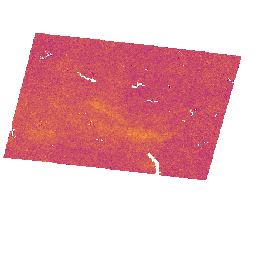
この早期の「一般公開プレビュー」データセットは、MethaneSAT イメージング分光計による測定から取得された、大気中のメタンの柱平均乾燥空気モル分率「XCH4」の地理空間データを提供します。XCH4 は、… の総カラム量(単位表面積あたりの分子数)として定義されます。 atmosphere climate edf edf-methanesat-ee emissions ghg -
MethaneSAT L4 Area Sources 公開プレビュー版 V1.0.0
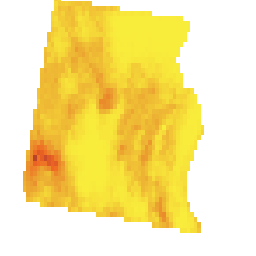
分散エリア排出量モデルはまだ開発中であり、最終製品を表すものではありません。この早期の「公開プレビュー」データセットは、分散型エリアソースからのメタン排出量に関する高精度のデータを提供します。これらの排出量データは、… のアパラチア、ペルミアン、ユインタの各盆地から取得されています。 atmosphere climate edf edf-methanesat-ee emissions ghg -
MethaneSAT L4 Area Sources パブリック プレビュー V2.0.0

分散エリア排出量モデルはまだ開発中であり、最終製品を表すものではありません。この早期の「公開プレビュー」データセットは、分散型エリアソースからのメタン排出量に関する高精度のデータを提供します。これらの排出量データは、… のアパラチア、ペルミアン、ユインタの各盆地から取得されています。 atmosphere climate edf edf-methanesat-ee emissions ghg -
MethaneSAT L4 Point Sources Public Preview V1.0.0

この早期の「公開プレビュー」データセットは、個別のポイントソースからのメタン排出量に関する高精度のデータを提供します。これらのメタン排出フラックスは、… の高い空間解像度、広い空間範囲、高精度を活用するために特化した点源検出と排出量定量化フレームワークを使用して生成されました。 atmosphere climate edf edf-methanesat-ee emissions ghg -
OGIM: Oil and Gas Infrastructure Mapping Database v2.5.1
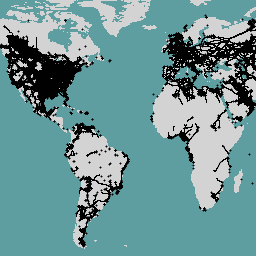
このデータセットは、世界中の石油とガス(O&G)関連インフラストラクチャの場所を提供します。石油・ガス インフラストラクチャ マッピング(OGIM)データベースは、Environmental Defense Fund(EDF)と EDF の完全子会社である MethaneSAT LLC が開発したプロジェクトです。… を開発する主な目的は、 edf emissions ghg infrastructure-boundaries methane methaneair -
国連 FAO 排水された有機土壌面積(年次)1.0
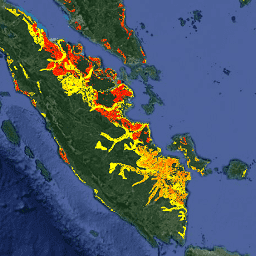
排水された有機土壌に関する 2 つの関連する FAO データセットは、次の推定値を提供します。DROSA-A: 農業活動(耕作地と放牧地)のために排水された有機土壌の面積(ヘクタール単位)DROSE-A: 有機土壌の農業排水による炭素(C)と亜酸化窒素(N2O)の推定値(ギガグラム単位) 農業 気候 気候変動 排出量 FAO ghg
